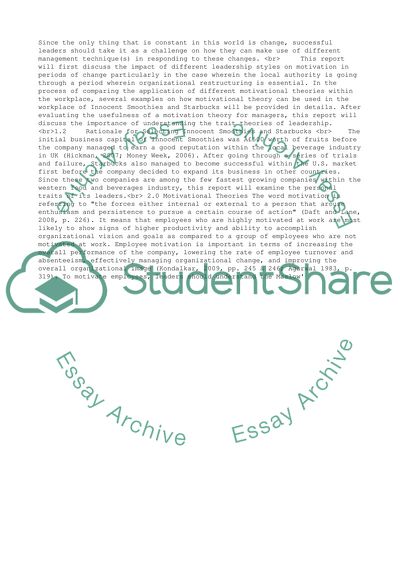Cite this document
(“Understand Ways of Using Motivational Theories in Organisations Essay”, n.d.)
Retrieved from https://studentshare.org/management/1451840-understand-ways-of-using-motivational-theories-in
Retrieved from https://studentshare.org/management/1451840-understand-ways-of-using-motivational-theories-in
(Understand Ways of Using Motivational Theories in Organisations Essay)
https://studentshare.org/management/1451840-understand-ways-of-using-motivational-theories-in.
https://studentshare.org/management/1451840-understand-ways-of-using-motivational-theories-in.
“Understand Ways of Using Motivational Theories in Organisations Essay”, n.d. https://studentshare.org/management/1451840-understand-ways-of-using-motivational-theories-in.


